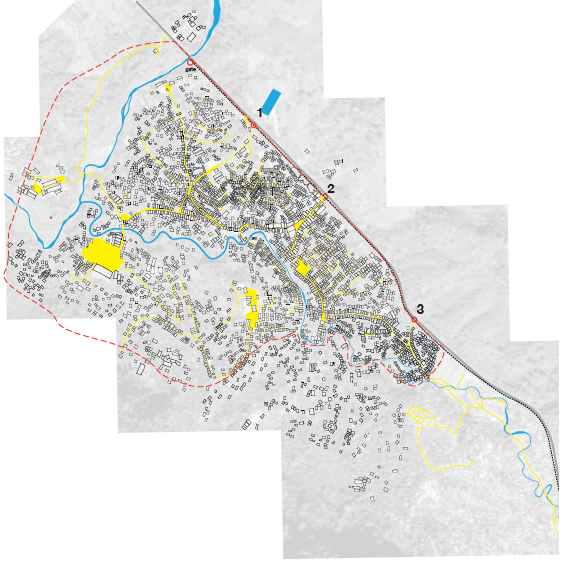
Summary
Refugee camps are often depicted as temporary and isolated spaces in which lives of refugees are understood as bare life, stuck in between, or waiting. However, as refugee camps around the world are increasingly turning into long-term camps, and temporariness becomes permanence, dominant discourses about the refugee camp no longer adequately address the changing situation. This thesis takes the Mae La camp along the Thailand-Burma borderland as a case study to contribute to a better understanding of such long-term camps. It addresses questions of time and temporality that relate to this refuge space: what is the nature of a long-term camp and how can it exist for such a long period of time? How do spatial and temporal processes and events transform the organization of the camp and how do these affect refugees’ daily lives? Through extensive ethnographic fieldwork in the Mae La camp and the borderland, the thesis argues that this camp, which has become more or less like a city, is an outcome of refugees’ agency over time. Negotiations and ‘guested’ sovereignty are giving refugees a certain autonomy of governance, while they remake the camp as a productive space to fit their social world and a place of opportunities. Moreover, flows of refugees and their mobility have turned the camp into a hub of connection in the borderland. The camp’s urban transformation therefore blurs the boundary between the ‘camp refugees’ and ‘urban refugees.’ This thesis provides an alternative understanding of a space and life in transition in refugee studies, corresponding to contemporary reality in which long-term refugee camps have become a global phenomenon.
